Later this year the X-59 QueSST, NASA’s test aircraft for low-boom supersonic flight, should be ready. And at least two commercial projects rely on its success!
We have already discussed the Aerion AS2 and the technology behind its ‘boomless’ supersonic flight. But we didn’t discuss the origin of this concept. Aerion aims to build on technology that originated with NASA, after a long series of tests. NASA has been assisting the aviation industry with supersonic research since the 60s. The X-59 is only the latest of NASA’s series of such test vehicles.
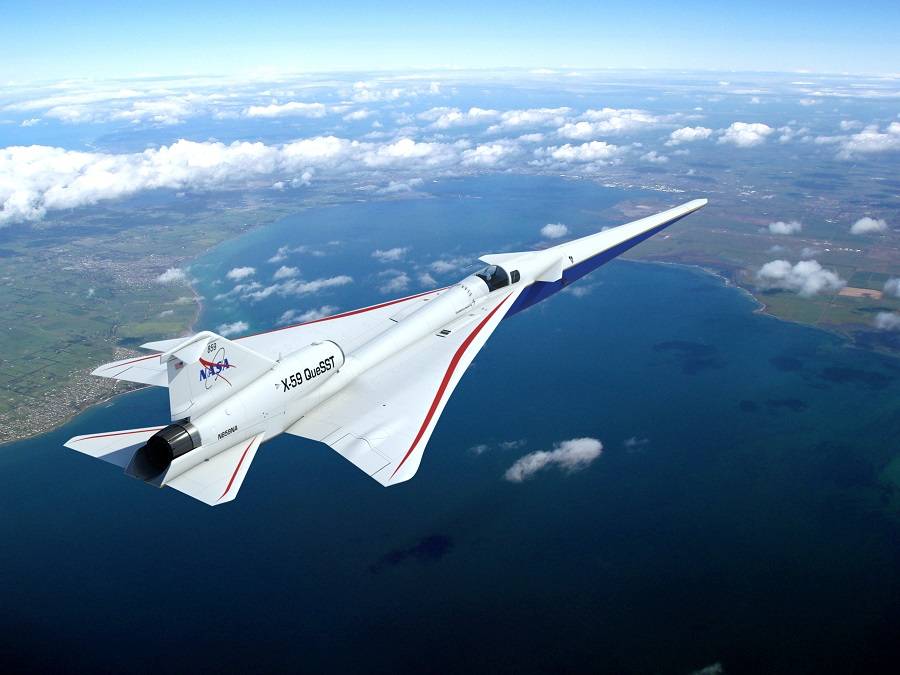
It’s an almost forgotten chapter in aviation history today, that Boeing almost went bankrupt because of the 2707SST. This would have been Boeing’s answer to Concorde. After years and millions of dollars in development, the company had to abandon the project. This was the start of what became the ‘Boeing Bust’ – but perhaps this is a story that deserves its own article. NASA supported the industry since then, but its targets with the X-59 today are more promising.
After a long period of little development, NASA returned to supersonic research with something called the ‘Quiet Spike. This was an F-15… with a walking stick. The theory (simplified) was that the bigger length and progressively thicker fuselage would somewhat dissipate the sonic boom. The modified aircraft flew in 2006 and 2007. The result? It worked… and it didn’t. The spike did reduce the sonic boom a bit, but not enough to allow supersonic flight over land. NASA homes to change that with the X-59.
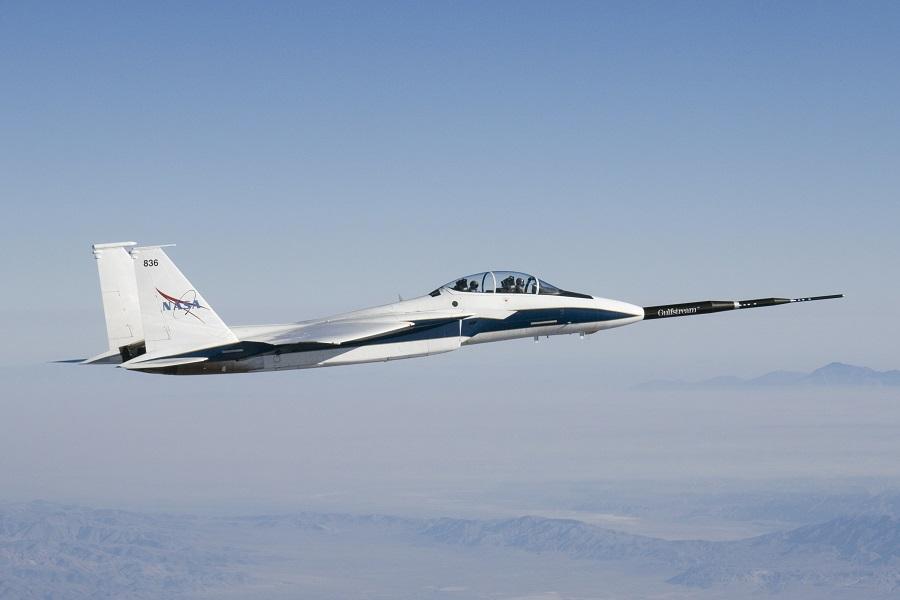
X-59 – NASA’s Next Step
Further studies showed that more work on the shape of the fuselage was necessary. Simply adding a spike to an existing design wasn’t enough. So in 2016, NASA awarded Lockheed Martin a contract for the X-59 QueSST (Quiet SuperSonic Technology). Its working principle still relies on the shape of the airframe, and its features. The aircraft has a long, thin airframe, with a delta wing and canards. These not only help control the aircraft, they also help to keep the sonic waves from coalescing.
Given enough altitude, NASA expects the sonic boom of the X-59 to reach the ground with all the ferocity of closing a car door. That’s about 75 Perceived Level dB. The Concorde was at 105-110PLdB. However this isn’t going to be a commercial aircraft. Not only is it single-seat, it also has no forward visibility. This is thanks to that long spike. So it uses high-resolution camera systems, to compensate (see below).
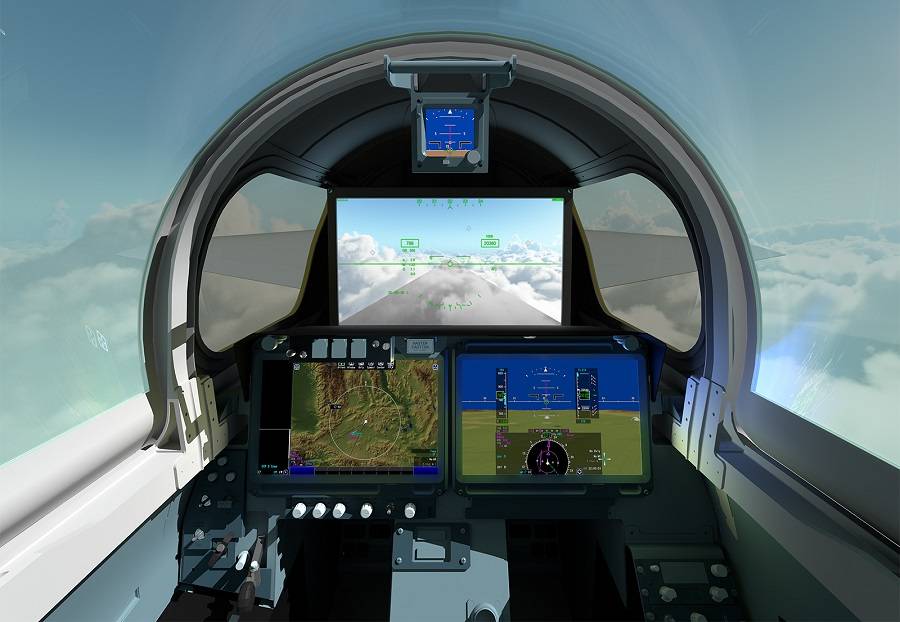
NASA’s X-59 also uses a single engine. This is a GE F414, the same engine that the F/A-18 and Saab JAS-39 Gripen use. Its intake is above the fuselage, while its nozzle is also shielded from the ground. Aircraft like the Aerion AS2 will be bigger, and have at least three engines. This is to allow travel over oceans, since achieving ETOPS approval would be difficult, for these aircraft. Consequently, they will make more noise than NASA’s X-59.
Design And Construction
But the work the X-59 will do, will be a vital baseline for the Aerion AS2 and the Boom project. The latter will have its own test aircraft of course, which could actually beat NASA’s X-59 to the air. Regardless, NASA is already doing ‘baseline’ supersonic flights with an F/A-18 fighter, simulating the X-59’s test flight profiles.
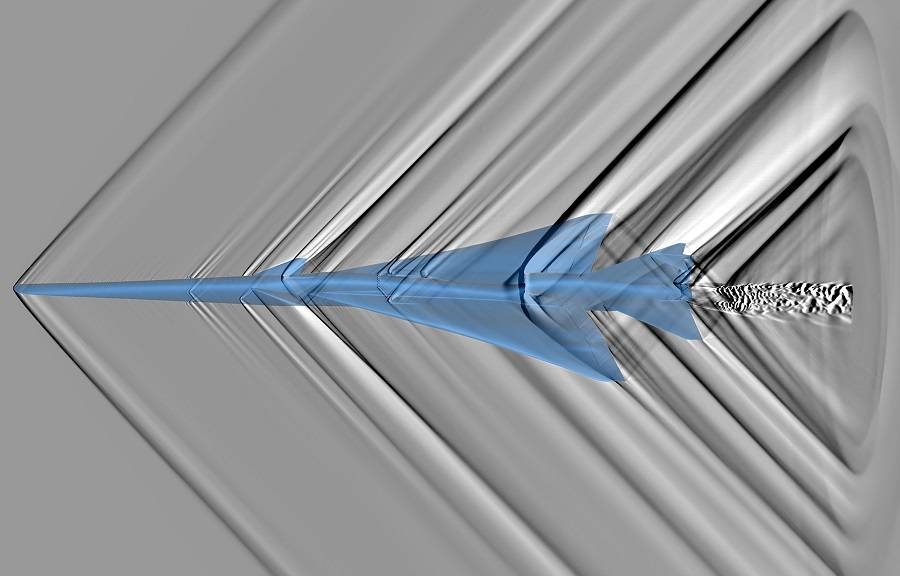
Building the X-59 is a design challenge, for NASA and Lockheed. To save costs, they’re using as many parts as possible from existing aircraft. The landing gear comes from an F-16. The cockpit comes from a T-38 trainer, as does the ejection seat and canopy. However the design itself is new. The aircraft is making use of composites in its construction. Last December, NASA announced that the aircraft’s construction is “at the half-way point”. Final assembly should take place before the end of 2021. The first flight will be in 2022.
NASA is already doing extensive windtunnel testing, together with JAXA, its Japanese counterpart. As for the actual aircraft, the aim is to conduct a series of flights in different atmospheric conditions. NASA already has plenty of aircraft to draw from, to study sonic booms. But the X-59 will do so at a more relevant level. And after initial testing, in 2024 NASA will test the aircraft over actual communities of people.
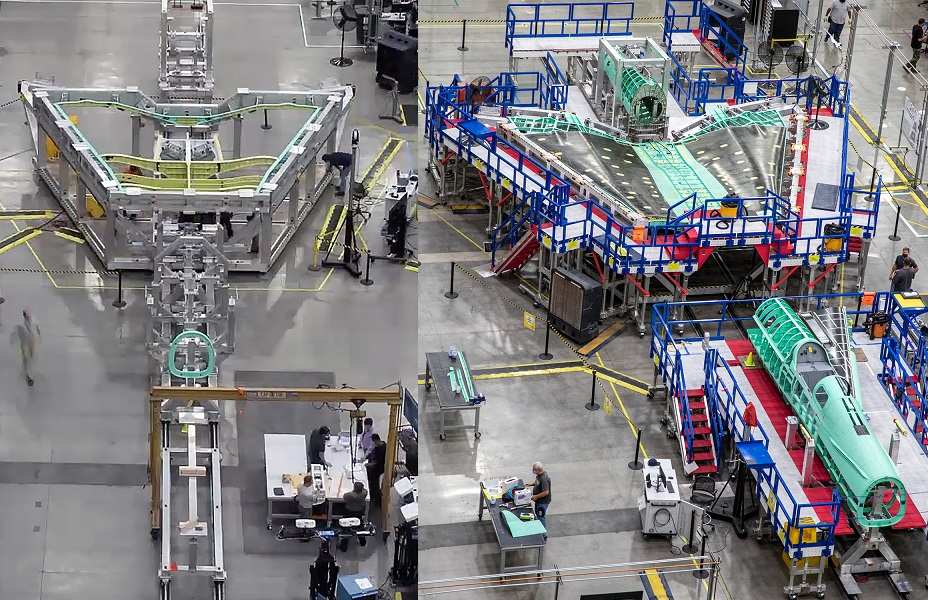
NASA’s X-59, The Public And A Supersonic Future
This is because one aim of the project is to change FAA rules on supersonic travel over land. Measuring booms is one thing, judging public perception is another. NASA’s X-59 will do both. And ultimately, these two factors could have equal significance, in the failure or success of future supersonic projects. Over land, at least.
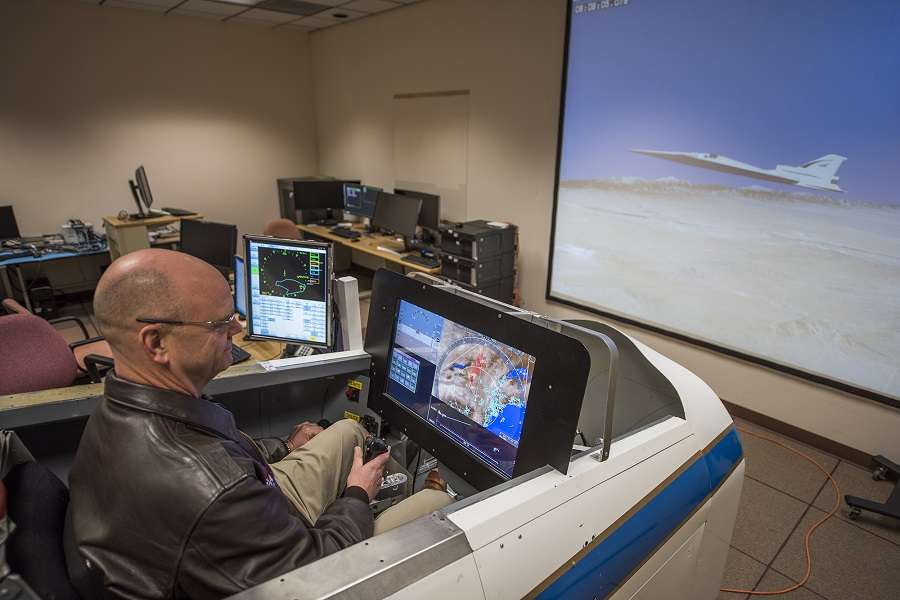
Both Aerion and Boom seem to be keenly aware of this dependence on public perception. We have seen that both companies emphasize their efforts towards making supersonic travel sustainable. Concorde suffered a negative image in this regard. And irrelevant or not, this image typically featured in discussions regarding noise pollution. NASA’s testing of the X-59 over communities, should help.
While this project should provide vital data for commercial supersonic aircraft, its timeline is… interesting. Aerion hopes to have its AS2 in the air by 2023, and in service by 2024 or 2025. This would be a bold goal for any ‘conventional’ business jet. Actually achieving it would require a much faster test program than what NASA is planning for its X-59.



